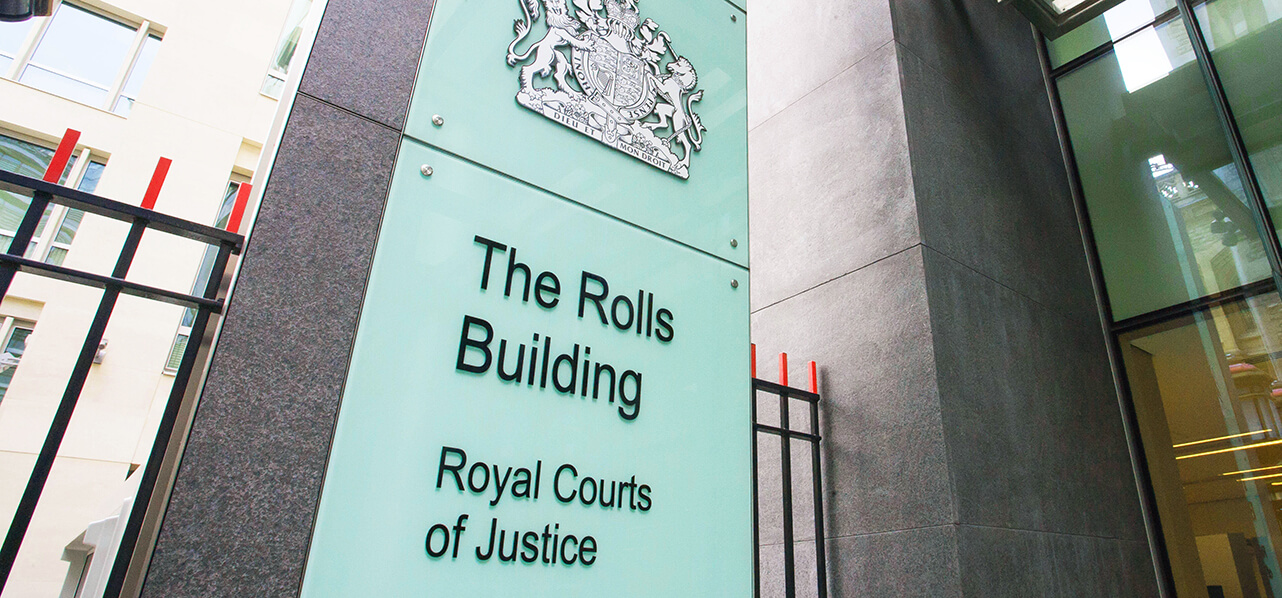Further to our briefing of October 2018 on the developments in the Vietnamese wind energy sector which includes the issuance of Decision No. 39/2018/QD- TTg (“Decision 39”) by the Vietnamese government, the Ministry of Industry and Trade (“MOIT”) has recently issued Circular No. 02/2019/TT-BCT (15 January 2019) (“Circular 02”) to replace Circular No. 32/2012/TT-BCT (12 November 2012) (“Circular 32”) to provide guidance on the implementation of Decision 39. Circular 02 took effect on 28 February 2019 and this briefing outlines the major changes under Circular 02.
1. Definition of offshore and onshore wind turbines
Circular 02 defines an onshore wind turbine as a wind turbine where the centre of the turbine foundation is either (i) constructed onshore or (ii) on coastal land which sits within a boundary line. The boundary line is determined by a series of connecting points out to sea, with each connecting point being the average of all the lowest tide values over 18.6 years, as set out in Decree No. 40/2016/ND-CP dated 15 May 2016 (the “Boundary”). A turbine where its centre is constructed beyond the Boundary is considered an offshore wind turbine.
2. Inclusion of a wind power project in the Power Development Master Plan (“Master Plan”)
Circular 02 imposes additional requirements for the developers to satisfy to be included in the Master Plan:
(a) land use and other natural resources usage requirements;
(b) a wind data report (the “Wind Data Report”) to be carried out for at least 12 consecutive months at the representative The method, equipment and results of wind measurement shall meet electrical standards issued by the International Electrotechnical Commission or equivalent international standards. Also, a major change from the previous regime is that the developers do not need to prepare the Wind Data Report until they have obtained the Investment Registration Certificate (“IRC”), though it does have to be submitted before the submission of the feasibility study report (“FS report”). This differs from the previous regime in which the Wind Data Report had to be submitted before the IRC can be obtained;
(c) a report on the proposed interconnection for the wind power plant and the The report must:
-
- specify the current status of and the development plans for the local power source and grid; and
- contain an interconnection plan and an assessment of the new plant’s impact on the local power grid systems and their ability to absorb the additional power generated by the new plant;
(d) written consent from the relevant Provincial People’s Committee (“PPC”) on location planning and land use area;
(e) written opinions from:
-
- a competent authority on the use, if any, of natural resources and sea area for the proposed project;
- the relevant power corporation or the relevant power transmission corporation, depending or whether the plant will be connected to the power distribution system or the power transmission system; and
- Vietnam Electricity (i.e. the state offtaker), on (a) the absorption capacity of the regional grid system; and (b) the application file requesting inclusion of the wind power project in the Master
Further to the additional documentary requirements, the timeline and procedure for including a wind power project in the Master Plan under Circular 02 are clearer (and stricter) than under Circular 32. Within 45 business days from receiving a complete and valid dossier (including all the requirements from (a) to (e) above) from the relevant PPC, MOIT will review the dossier, obtain opinions on the proposed project from relevant ministries and agencies and send an official letter back to the PPC. The PPC will then amend the dossier in accordance with MOIT’s comments and send it to the Electricity and Renewable Energy Authority (“EREA”). Within 15 business days, EREA will prepare a revised dossier and submit the same to MOIT for approval.
MOIT was not required under Circular 32 to seek opinions from related ministries and agencies for the review of the dossier, and therefore it now takes longer under Circular 02 to apply for the inclusion of a wind power project in the Master Plan.
3. Feasibility study report
A feasibility study (“FS”) report is a new requirement under Circular 02. It shall be submitted after a wind power project is included in the Master Plan and must comply with the law and regulations on management of construction investment, and should include the following content:
- a wind energy potential report;
- the location and coordinates of (i) land use areas with a specified term and temporary land use areas (as applicable) and (ii) sea area (if offshore) of the wind power project;
- an interconnection plan and an assessment of the new plant’s impact on the local power grid systems and their ability to absorb the additional power generated by the new plant;
- a plan and a cost estimate for the removal of the facilities and equipment at the end of the project; and
- a grid connection agreement (this was previously a pre-construction requirement – see section 4 below for more details).
4. Revised conditions for construction, commencement and implementation of wind power projects
A new requirement under Circular 02 is an approved construction design dossier. It is required after a wind power project is included in the Master Plan and the FS report of the project is approved. On the other hand, a signed grid connection agreement with a power distribution unit or transmission unit is no longer a condition for the commencement of construction. Instead, it now forms part of the requirements under the FS report (see section 3 above). The Investment Registration Certificate/IRC is still required though no longer specifically mentioned.
5. Process of testing and commissioning wind power plants
Under Circular 02, wind power plant facilities may be commissioned only after they have passed acceptance tests organised by either EREA (as authorised by MOIT) or the Department of Industry and Trade (“DOIT”). Whether a power plant is subject to EREA’s or DOIT’s test will be based on the classification of the plant. Yet, no regulation is currently in place to determine which classification is subject to which authority’s acceptance test.
6. Metering
The seller and the power purchaser shall agree on a metering plan for the installation of meters and their operation. Where applicable this plan should also explain how the energy outputs from the project’s onshore and offshore turbines are separated.
7. Exchange Rate
Under Circular 02, the exchange rate used to calculate the payment due (in VND) will follow the central exchange rate between VND and USD announced by the State Bank of Vietnam on the invoice date.
8. Regime on reporting and management of operation
Each PPC with any wind power project in its province has to submit an annual report in the form set out in Annex 1 of Circular 02, which details the current investment activities and the status of the wind projects in its province biannually to the MOIT.
9. Land use area
Circular 02 stipulates that permanent land use for wind farms may not exceed zero point thirty-five (0.35) ha per MW, representing a reduction from Circular 32, which allowed for up to 1 ha per MW. The limit for temporary land use is zero point three (0.3) ha per MW. However, restrictions regarding the type of land that can be used for wind projects have been removed under Circular 02.
10. Work safety
Circular 02 sets out more stringent safety requirements, such as the requirement that wind power facilities must be located at least 300 meters away from any residential area. In addition, wind turbines and wind pylons/towers must be painted in light colour and must not be reflective.
11. Equipment and productivity of wind farm
Circular 02 has removed the requirement that the productivity of a wind farm must not be less than 90%.
12. Execution of power purchase agreement (“PPA”)
Certain procedural requirements have been added to the execution of the PPA. For example, the seller is responsible for preparing and sending an application dossier to the power purchaser for its evaluation and approval while the power purchaser has to review and execute the PPA within 15 business days after receipt of the application dossier. Circular 02 also sets out the documents required for such application dossier, and you are welcome to contact us for further details.
Closing thoughts
The issuance of Circular 02 demonstrates the Vietnamese government’s continued support of the wind energy sector. Circular 02 both clarifies ambiguities in Circular 32 and sets out new requirements for the implementation of wind power projects to reflect the changes made under Decision 39. These new rules, while clearer, are in general more stringent than those in Circular 32. It is encouraging to see, however, that greater detail is emerging in relation to onshore and offshore wind projects which, combined with distinct feed-in-tariffs, help pave the way for offshore wind projects in Vietnam.
Circular 02 also introduces some key changes to the terms of the wind power purchase agreement and these will be discussed in our upcoming briefing, which will be released shortly.
Watson Farley & Williams LLP (“WFW”) works closely with our Vietnamese associated law firm LVN & Associates (“LVN”) in Hanoi to provide local and international legal advice to our clients. Our Counsel Linh Doan is the founding partner of LVN. The WFW and LVN teams have extensive experience in the Vietnamese and general Asian energy sectors, having advised on numerous conventional and renewable power projects in the region. WFW is recognised globally for its renewable expertise and frequently advises a range of clients in the sector.




